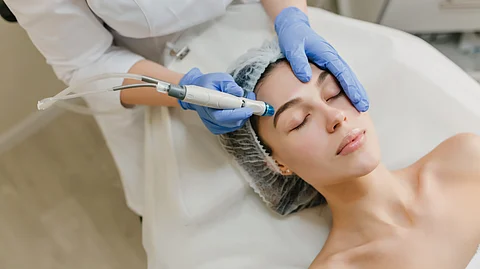The cosmetic field isn’t slowing down — it’s evolving daily with new research, products, and client demands. For anyone serious about building a trusted reputation, growing a successful clinic, or simply offering clients the safest, most advanced treatments, investing in medical aesthetic training is no longer optional — it’s the way forward.
By prioritizing education, practitioners safeguard their clients, their practice, and the integrity of an industry that shows no sign of fading from the spotlight. The future belongs to those ready to learn.
MBT pg


